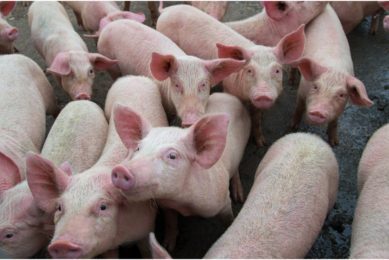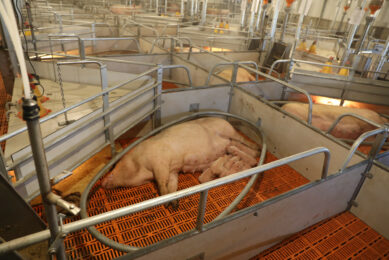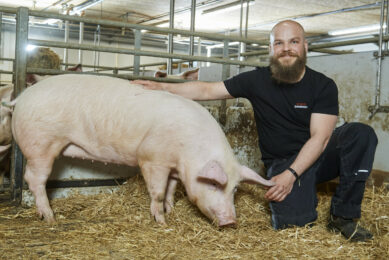More on Light – Don’t we need to study darkness too?
Those of you who know me, know that I’m hooked on light and how it affects pigs. Everyone, including myself, talks a great deal on the way light influences breeding patterns, such as how much light in relation to darkness, especially from midsummer onwards, influences autumn infertility. But there is almost nothing on the role how darkness itself may affect the situation.
Those of you who know me, know that I’m hooked on light and how it affects pigs. Everyone, including myself, talks a great deal on the way light influences breeding patterns, such as how much light in relation to darkness, especially from midsummer onwards, influences autumn infertility. But there is almost nothing on the role how darkness itself may affect the situation.
Is it too fanciful to suggest that sufficient total darkness and the quiet and relaxation which goes with it could be just as important as lighting patterns and intensity on smooth and successful breeding in the gilt and sow?
First, my own experience suggests that a sharp, immediate change from light to dark is beneficial to the process. This is easy to achieve in the darker nights in the colder half of the year when inside lights can be switched on or off when it is dark outside so as to secure a sudden interface.
Second, this is much more difficult in the lighter months when to achieve sufficient darkness – let alone a sudden interface – curtains or louvres have to be operated to reduce light intensity and try and achieve some degree of darkness.
Problem: Immediately this raises the problem of interfering with adequate ventilation in natural and semi-auto systems. So people don`t do it. “Better to keep the pigs cool” they say. As a result daylight dominates and darkness suffers.
Corresponding with Stanley Janyck, a scientist I admire for his clear thinking on pigs, he tells me that reducing the balance to 10 hours light and 14 hours dark* during high ambient temperatures can improve oestrus intervals as well as general fertility in the sow.
I`ve had some success in persuading farmers in hot dry regions of the world (Mexico and Spain recently and in Australia some while ago) to try this, thus activating curtains/louvres sooner than they are used to but making sure they had tunnel ventilation in the breeding/gestation barns to maintain a sufficiently cool temperature while the blinds were up in order to reduce light – sensors are needed, we found.
Question: Was the success due to the longer periods of darkness, a more acute light/dark interface or just more comfortable ventilation?
I’m sure this is a fruitful area for the researcher.
Your views, please.
* From the 14-16 h. light/ 8-10 h. dark split commonly advised throughout the year.











